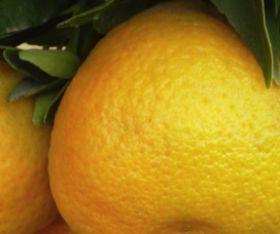
The current high prices for imported Chilean clementines on the US market will have to come down in the coming weeks in order to generate sales momentum and sustained movement at supermarkets.
According to the latest market report from Mark Greenberg at Capespan North America, clementine arrivals from Chile are continuing to run well behind last season with the trend set to remain for at least the next three weeks as wet and cold weather is forecast to slow down packing.
Loadings to the US East Coast through Week 24 continue to run 33 per cent lighter than last season through the same period and almost 35 per cent lighter to the US West Coast, Greenberg explained.
As a result, Greenberg said market prices have remained “preternaturally robust” as the end of June approaches – a period of time when the market normally expects to see substantial arrivals and a resultant softening of prices.
While suppliers are pleased with the buoyant prices, Greenberg urged caution, explaining that sales movement has been slowed by the high prices.
With summer fruit availability growing weekly, Greenberg said chain stores will not reorder a stagnant product, meaning they will need to price their clementines more competitively in order to attract shoppers who will already be enticed by domestic table grapes, berries, watermelons and cherries ahead of the 4 July holiday.
Through Week 25, Chilean clementines in the value-added pack were selling at US$36-38, according to Greenberg, with expectations of prices in the region of US$34-36 by the time Week 26 opens.
“When the bigger clementine volumes arrive in mid-July, the market will suffer if inventories get too far ahead of sales,” warned Greenberg.
In other areas of the imported citrus market, Greenberg explained that navel orange suppliers are looking forward to a strong early start to the season due to a relatively early exit of California navels, combined with the relative scarcity of easy-peelers.
In the lemon category meanwhile, Chilean exports are also down, with the current volume of 1,400 tonnes representing less than one-half of the volume shipped last season, according to Greenberg.
“This is unfortunate as California lemon supplies are light (especially on large sizes) and are offering the best market conditions for imported lemons in years,” Greenberg explained.



